Dear readers — today's story is about a clash between two Birmingham heavyweights. One is our most prestigious educational institution. The other? A group of retirees with a deep passion for preserving the city's history.
At the centre of the conflict is a cluster of Arts and Crafts cottages and a manor house, set in a peaceful Selly Oak quadrangle. The university owns the buildings, most of which have been sitting empty for the last 20 years — locals say time is running out to save them. The university says it needs more time to come up with a plan for their future. Who will win?
Brum in Brief
🚆 UK chancellor Rachel Reeves has announced 2025’s Comprehensive Spending Review, which contains a commitment to fund the Midlands Rail Hub. The plan is a £1.75bn blueprint that would see 300 trains and 20 million extra seats per day added to the rail network passing through Birmingham. Speaking in the House of Commons, Reeves said: “I am providing funding for the Midlands Rail Hub, the region’s biggest and most ambitious rail improvement scheme for generations, strengthening connections from Birmingham across the West Midlands and into Wales too.” Connectivity will be improved to nearby destinations including: Nottingham, Leicester, Bromsgrove, Nuneaton, Worcester, Hereford and Cardiff.
🚨 Six teenagers have been arrested after a 15-year-old boy was stabbed at Moseley School on Wake Green Road. The boy was taken to hospital with non-life threatening injuries after being slashed in the back shortly after 2pm on Tuesday. The detained are all aged between 13 and 14; West Midlands Police is conducting extra patrols of the area while also supporting the victim’s family. Detective Sergeant Shereen Ballintine said: “This was an appalling attack which has left a teenage boy with significant injuries, and other pupils at the school have been left really distressed by what has happened.”
Quick Hits
🚮 A public meeting calling for the council and Unite the Union to end the bin strike was attended by 150 people on Tuesday in Bordesley Green. Organiser Shafaq Hussain from End the Bin Strike said the dispute had gone on too long and had seen an “unacceptable” environmental impact.
🚣♀️ The popular Roundhouse heritage site has closed suddenly and paused all activities amid financial challenges due to increasing costs. The organisation has confirmed that customers who have already booked tours will receive a full refund.
🧑🏫 The university league tables for 2026 are out now. The University of Warwick is the best performing in the West Midlands, closely followed by the University of Birmingham. Bringing up the rear are Birmingham City University followed by Birmingham Newman University and lastly, the University of Wolverhampton.
Enjoying this edition? You can get two totally free editions of The Dispatch every week by signing up to our regular mailing list. Just click the button below. No cost. Just old school local journalism.
Kate heads to Selly Oak today, to a collection of listed cottages — and straight into the middle of a war of attrition between a group of pensioners and one of the city's most powerful institutions.
The blaze ignited at around 8.30pm. Flames roared into the sky as 100 firefighters circled with their hoses. You could see the smoke from the Lickey Hills, three miles away.
It was the height of summer in 2014 and the Manor House in Northfield was aflame. The building, built in 1820, was owned by the University of Birmingham. In 1953, the institution bought it from the Cadbury family to use as a hall of residence but by the time the arsonists struck, it had sat empty for seven years.
Locals were frustrated by the state of affairs. One eyewitness, Jim Sparrow, told the BBC it was "appalling". The building, he said, had been “vandalised over the last two to three years and this has been coming for a long time”. The University of Birmingham’s vice chancellor Adam Tickell told the reporter that an external security team had in fact been monitoring the site 24/7. Manor House was “boarded up to prevent access” he added.
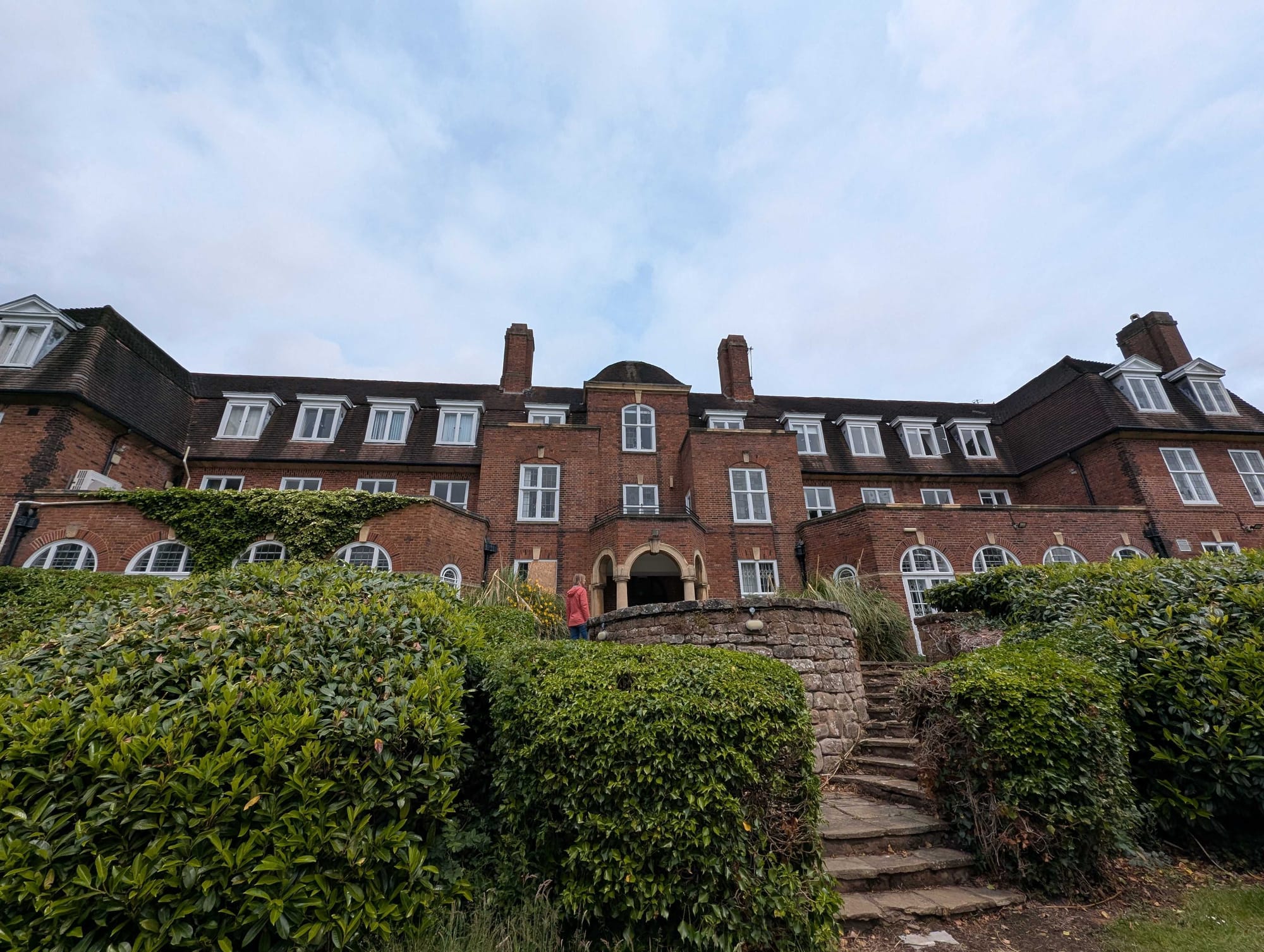
After the fire, Manor House was demolished and the site sold to developers who rebuilt it as apartments, in a similar style. But the events of 2014 loom large in the memories of Selly Oak residents living just a mile away, near a peaceful quadrangle called The Close. Here, just off the Bristol Road, sits a cluster of distinctive early 20th century buildings — where locals claim history is in danger of repeating itself.
The Close comprises seven grade II listed cottages and a larger building called Archibald House, all built between 1911 and 1915, alongside another building which predates them, called Alan Geale House. They were created to make room for an expanding and pioneering training facility for Quaker Sunday School teachers, called Westhill College which was founded in 1907, by the Canadian Presbyterian George Hamilton Archibald. They were designed in the Arts and Crafts style, by William Alexander Harvey and his partner Graham Wicks, the same architects who designed the iconic Bournville Village.
Like Manor House, the site has a strong Cadbury connection — Barrow Cadbury (grandson of the founder of the chocolate making business) and his wife Geraldine were heavily involved in establishing the college. Timber-framed cottage number three was specially designed and built for Elizabeth Cadbury, a prominent member of the family. In 1947, Westhill was merged with the University of Birmingham’s Education department. Between 2005 and 2024, the site was used by the BBC to film its popular daytime soap, Doctors.
Archibald House is “particularly impressive,” the building historian Andy Foster — who wrote the volume on "Birmingham and the Black Country" in the 2022 Pevsner Architectural Guides series — tells me. The elegant brick manor house that is set behind cottages one to five was likely the main building of the college. The front garden is especially striking. A long lawn stretches beneath a raised patio complete with a curved brick centre piece. Curved steps lead up towards the pillared entrance of the house. “Birmingham is one of the most important centres of the Arts and Crafts Movement in England, and the work of architects here, including Harvey, was published and appreciated in Europe as well as here.”
Today, however, this cluster of buildings are looking worse for wear. Visiting a week ago, I spotted smashed glass and missing doorknobs. Most of the windows are boarded up but on some, the boards have been damaged and are coming away. Holes gape in several roofs, despite repairs made to chimneys. A window on the top floor of Archibald House was swinging wide open in the breeze.
The dismal condition of the historic site is why a local group of advocates, who call themselves the Friends of The Close, are frantic with worry. They want to see the buildings restored and brought back into use. If the university isn’t going to do anything with them, they say, it should sell them. The chair of Friends of The Close, Anthea Owen, and fellow member Sue Smye are especially vigilant custodians. Cottages one to five were listed in the late 1980s but they ensured numbers 10 and 11 gained listing last year. Now, they are feverishly conducting the necessary research to get Archibald House and Alan Geale house the same level of protection by Historic England.
“It makes my heart sink that five minutes from where I live there is a beautiful site of seriously deteriorating buildings which could be used for housing,” says Smye. The determined retirees have been in a civil dialogue with the university since 2022 in the hopes that they could convince the institution to take action to save the historic site. But now, they say, they have grown weary of the delay.
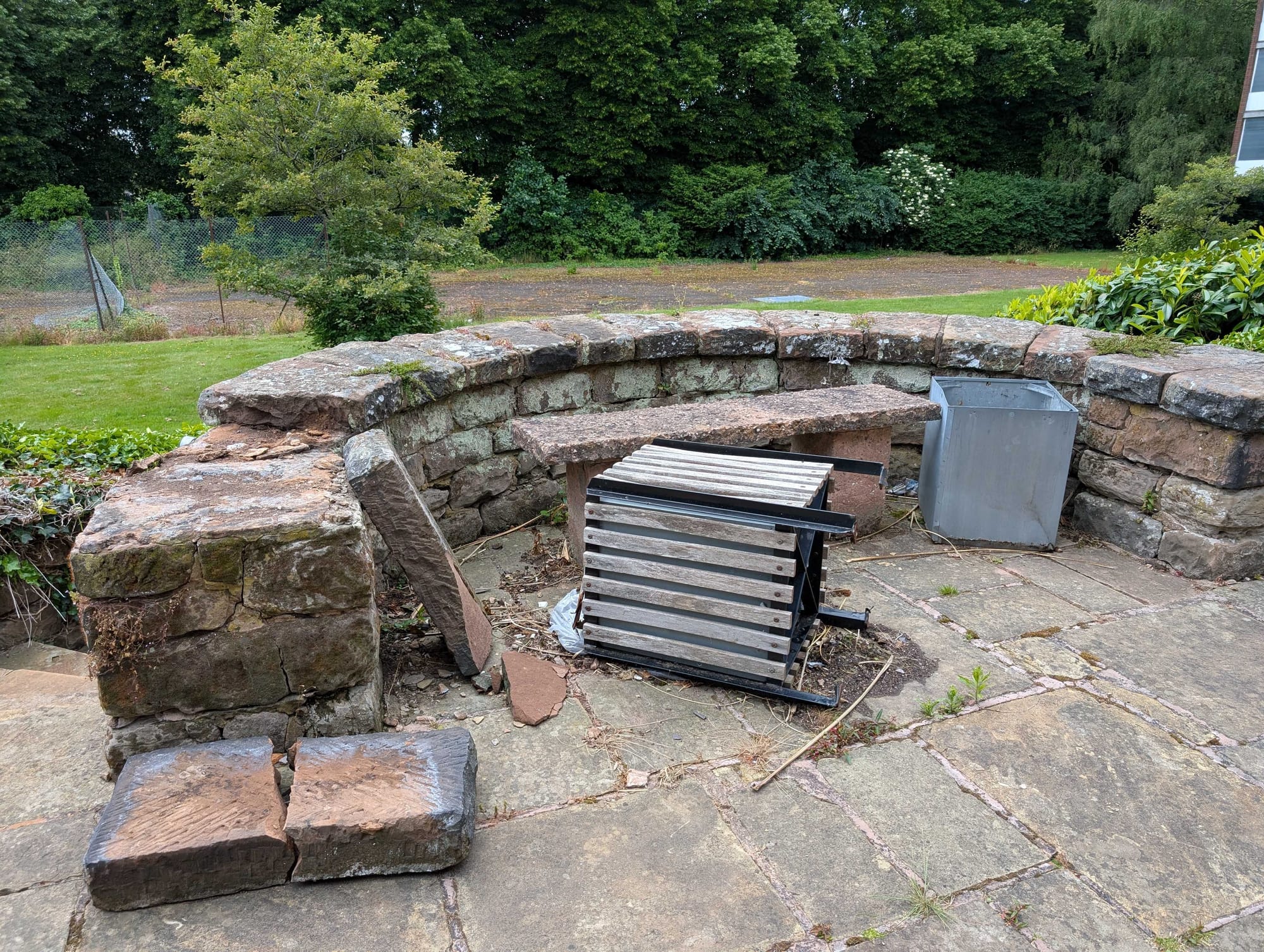
They aren’t alone. When I mentioned in Monday’s Dispatch that I was going to be writing about The Close, I received a flood of emails. One particularly frank message came from Selly Oak resident and architectural editor of Building Design magazine, Ben Flatman who called the university’s strategy one of “managed decline”. He said “it suggests the university is hoping the buildings will reach such a poor state of maintenance that they can then justify delisting, demolition and wholesale redevelopment or sale to a developer.” Flatman claims this mirrors a “similar pattern” to the university’s “neglect” of Manor House.
Bob Booth, chair of the Bournville Society, also points to the destruction of Manor House, claiming it was “an example of a beautiful house which we’ve lost because the University did not take full responsibility for maintaining it,”. He fears The Close could meet the same fate.
The university insists it is acting responsibly and taking care of its “very large and varied Birmingham Estate of more than 200 buildings of different ages, complexities, physical conditions and uses.” In response to my questions, a spokesperson tells me, “we recognise that this is an important issue among our immediate neighbours and engage actively with local residents to provide information and updates, and to listen to their feedback.”
Initial clashes
Smye, a 60-year-old former assistant head teacher, didn’t set out to be confrontational, she insists. In 2023, when Adam Tickell sent an email to the Friends of The Close, inviting them to see “how the University has taken its role as custodian of heritage property very seriously,” she was prepared to listen. The summit took place at the Exchange building on Centenary Square, a former bank that had been empty since 2006 until it was carefully restored by the university and reopened to the public in 2021. The university paid for taxis to ferry approximately 30 of the residents into town, to meet with the then-Director of Estates Trevor Payne and the Director of Campus services, Simon Bray.
But Smye was disappointed with what she heard.
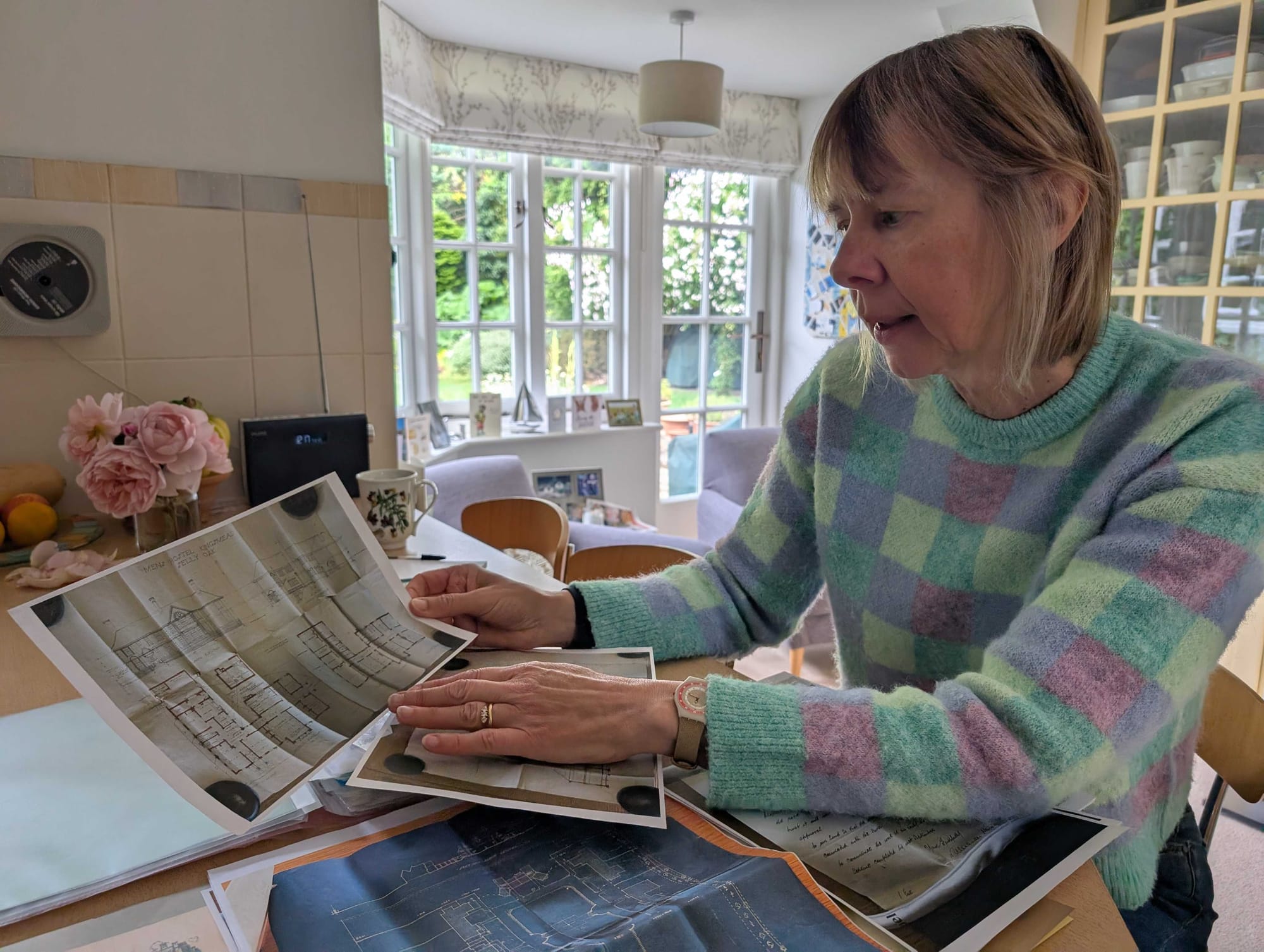
“There was considerable frustration in the room,” Sue tells me. “I felt very irritated by the lack of any commitment or any plan.” During the segment for questions, she got up to speak. “I said to them both that time was not on the side of these buildings and that they would probably have retired from the University before the future of the buildings was secured,” she says.
The men told their audience that the future of The Close was in discussion and the result would be published in the university’s forthcoming 10 year masterplan. They made a few additional pledges, such as ensuring the buildings in The Close were watertight and secure. Beyond that, as far as Smye was concerned, no satisfactory timeline or specific steps were given that would secure a healthy future for the site.
Despite misgivings, the group decided to give the institution the benefit of the doubt. They waited eagerly for the strategy to be published. But when it was finally released at the end of 2023, The Close wasn’t included at all.
Shut out
Owen and Smye now feel a changing wind. The Friends believe the university is changing strategy when it comes to The Close and is now trying to keep them at arms length.
Yet time is running out to preserve the buildings, they say. Since the BBC departed Archibald House last year, vandalism — like smashed windows and missing lead — is on the rise, claim the group. As for keeping the buildings watertight and secure, it doesn’t seem as though the university is succeeding there either. A spokesperson tells me they are working to “improve the protection and boarding-up of vacant buildings,” and security provide regular, high visibility patrols. But they won’t confirm or deny that they have removed CCTV from the site — something I’ve heard has happened, since the BBC left — for security reasons.
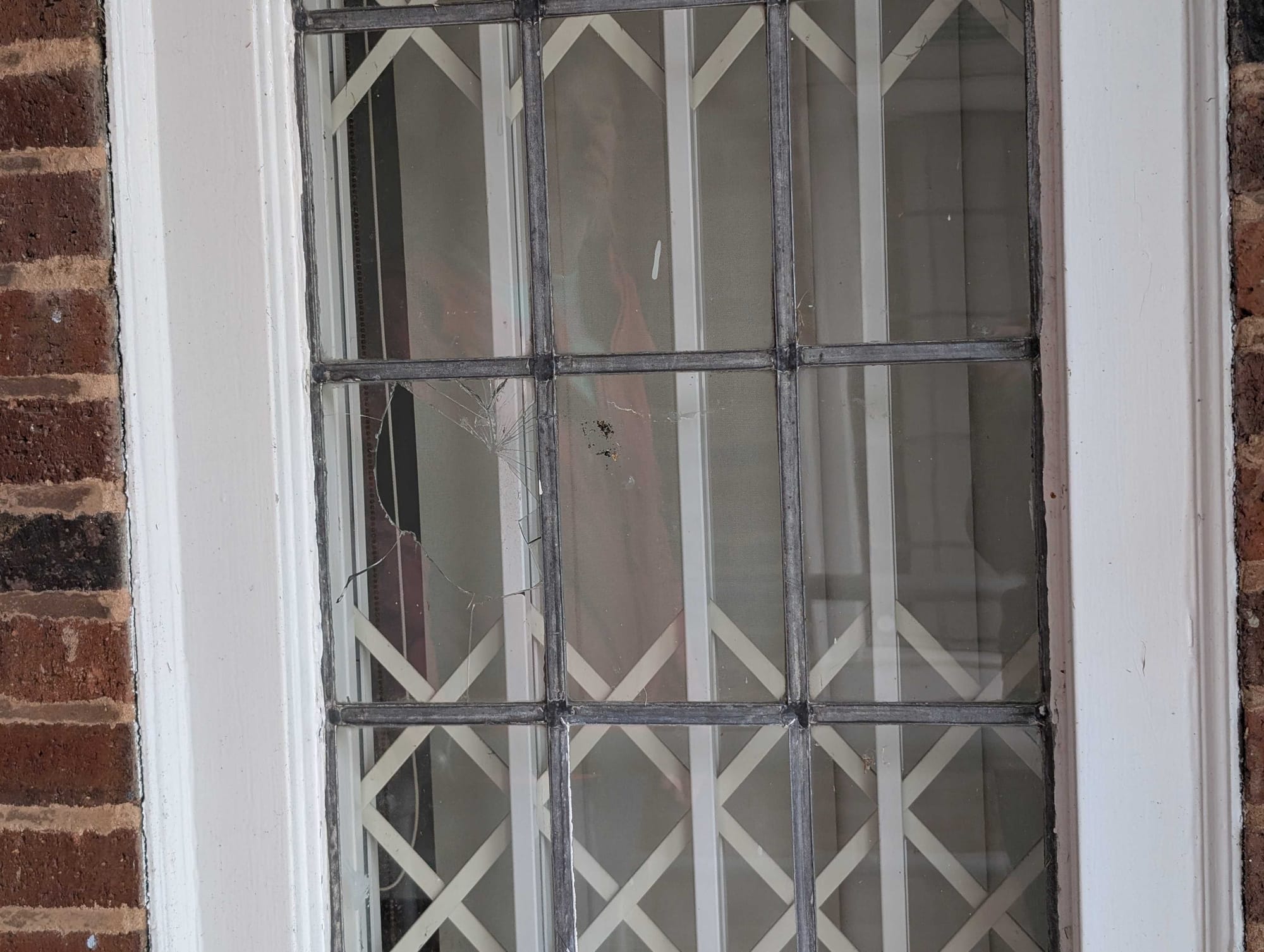
Far from retreating, the Friends of The Close are more determined than ever to get the university to act — and they’ve got at least one influential person on their side.
In a letter sent to the University of Birmingham’s vice chancellor Adam Tickell on Monday and seen by The Dispatch, the Labour MP for Northfield Laurence Turner implores him to reveal his long term plan for the properties. “Many fine buildings have deteriorated and been demolished [in Birmingham], and that loss is now lamented,” he writes. “It is important that The Close does not join that list.”
Smye, Owen and the Friends of The Close want answers. The gloves are off. They say the university can rely on them to continue to be persistent in their campaign.
“It’s a question of who backs down first,” says Smye. “And attrition is my middle name.”
Have you been to The Close? Should the university be doing more to preserve the buildings there? Let us know in the comments.
13/6/25: An earlier version of this article stated that Sue Smye was a former English teacher. This has been changed to reflect that she was a former assistant head teacher. Also, the Friends of the Close have been in a civil dialogue with the university since 2022, not 2023 as originally stated.




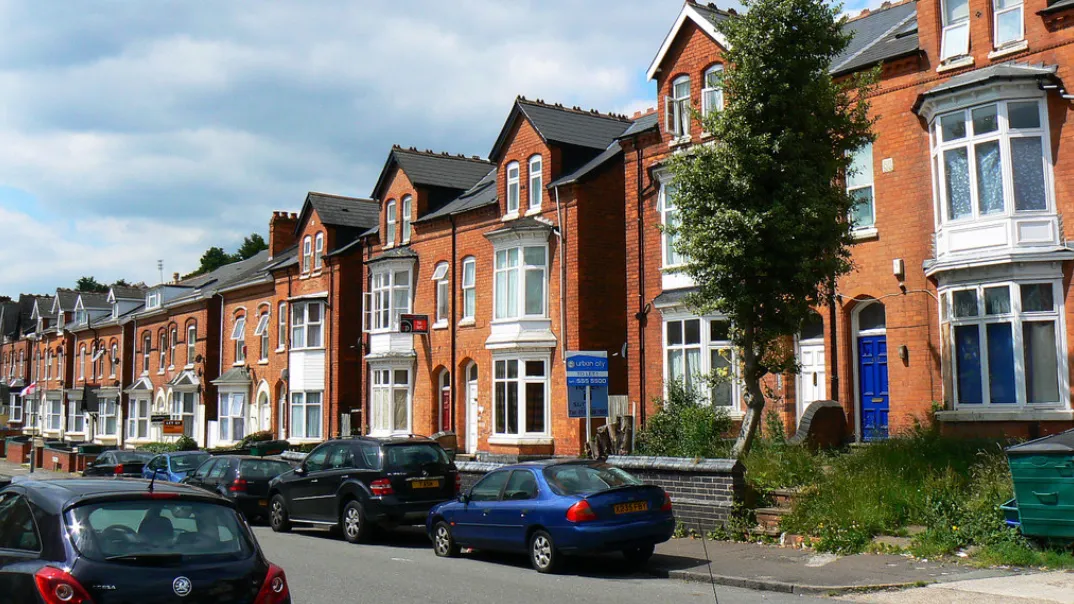



Comments